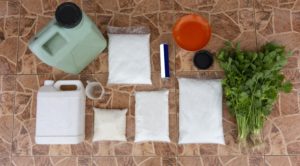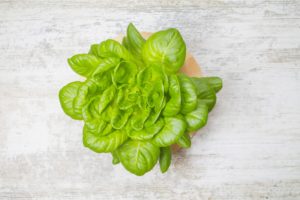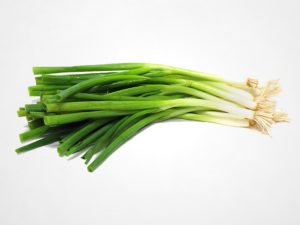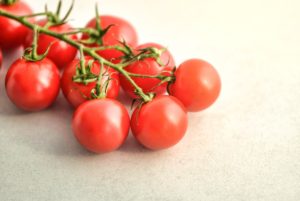Plants need iron for a wide variety of processes, most of which involve transporting other elements throughout the plant. However, that’s not all it does. It has some surprising functions, like enabling the production of chlorophyll, despite not giving it its green color (that’s nitrogen). Not only that, iron works inside plants a lot like it does within the human body, where it also helps to move oxygen throughout the circulatory system.
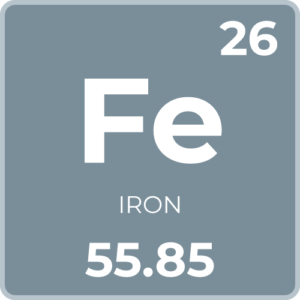
What Iron Does for Plants
We already know that iron works similarly for plants as it does for us. While plants don’t have pumping heart, they do have internal systems that move necessary nutrients throughout their ‘bodies.’ These systems also help to remove excess elements and toxins. Iron plays a crucial role in both of these, but it does far more than that alone.
Main roles of iron for plants:
- Allows chlorophyll production
- Helps enzyme function and creation
- Fixes nitrogen
- Aids plant metabolism
- Reduces sulfates
- Part of proteins needed for healthy chloroplasts and mitochondria
Iron is a micronutrient, so plants don’t need much of it over their life cycle. However, they do need it for many different functions, starting from the cell structure all the way to how plants produce their own sustenance.
How Plants Get Iron
As with any element, plants get it from the soil when they’re growing in nature. A lot of people recognize iron in soil when it gets a distinctive reddish tint. When it’s in this form, it’s called ferric oxide. However, iron also naturally occurs in compost, which can happen naturally when organic matter decomposes, or when people intentionally create compost.
Because iron is naturally abundant in a variety of media, plants don’t usually have to go without it. However, pH does play a big role in whether or not plants can take in the amounts available. For example, whether you use nutrient solution or grow in soil, a pH above 7 decreases the availability of iron. Even when iron levels are ideal, too much of certain elements can make it impossible for them to get the iron that’s otherwise available.
Species that thrive in acidic environments also have a particularly hard time taking in iron, especially when the soil is too alkaline.
These uptake issues aren’t as prevalent in hydroponic systems, because most of the plants’ environment can be controlled, pH included. However, even in a hydroponic system, some plants, like raspberries, need extra care when it comes to this element.
Iron Deficiency and Excess
Iron deficiency in plants has many symptoms that mimic those of deficiencies from other elements, in particular, manganese. Insufficient amounts of iron also affect their ability to produce fruit. If fruit is produced, it usually isn’t very good quality, or well formed. Likewise, plants also can’t make as much fruit. Here are the main signs of iron deficiency that you should look for:
Signs of iron deficiency:
- Chlorosis (yellowing on leaves)
- Symptoms showing first on newer leaves
- Interveinal chlorosis (yellowing between veins of leaves)
- Reduced fruit production
- Reduced fruit quality
- Leaf drop or loss
- Stunted growth
Iron toxicity, caused by an excess of the element, is far less common than deficiency. However, certain species of plants can lower the pH of their growing medium, which allows them to take in more iron than they usually would. They do this by releasing acids from their root systems. Remember that, in general, the more acidic the soil or growing medium is, the more iron is available to plants.
Signs of iron toxicity:
- Discolored leaves, especially unusual bronzed tones
- Stunted growth
- Stippled leaves
- Brown spots on leaves
- Spotting that starts at the tips of leaves and continues inward
Plants that need care to avoid iron toxicity:
- Basil
- Tomatoes
- Fen
- Rice
- Impatiens
- Lilies
- Zonal geraniums
- Pentas
- African marigolds
